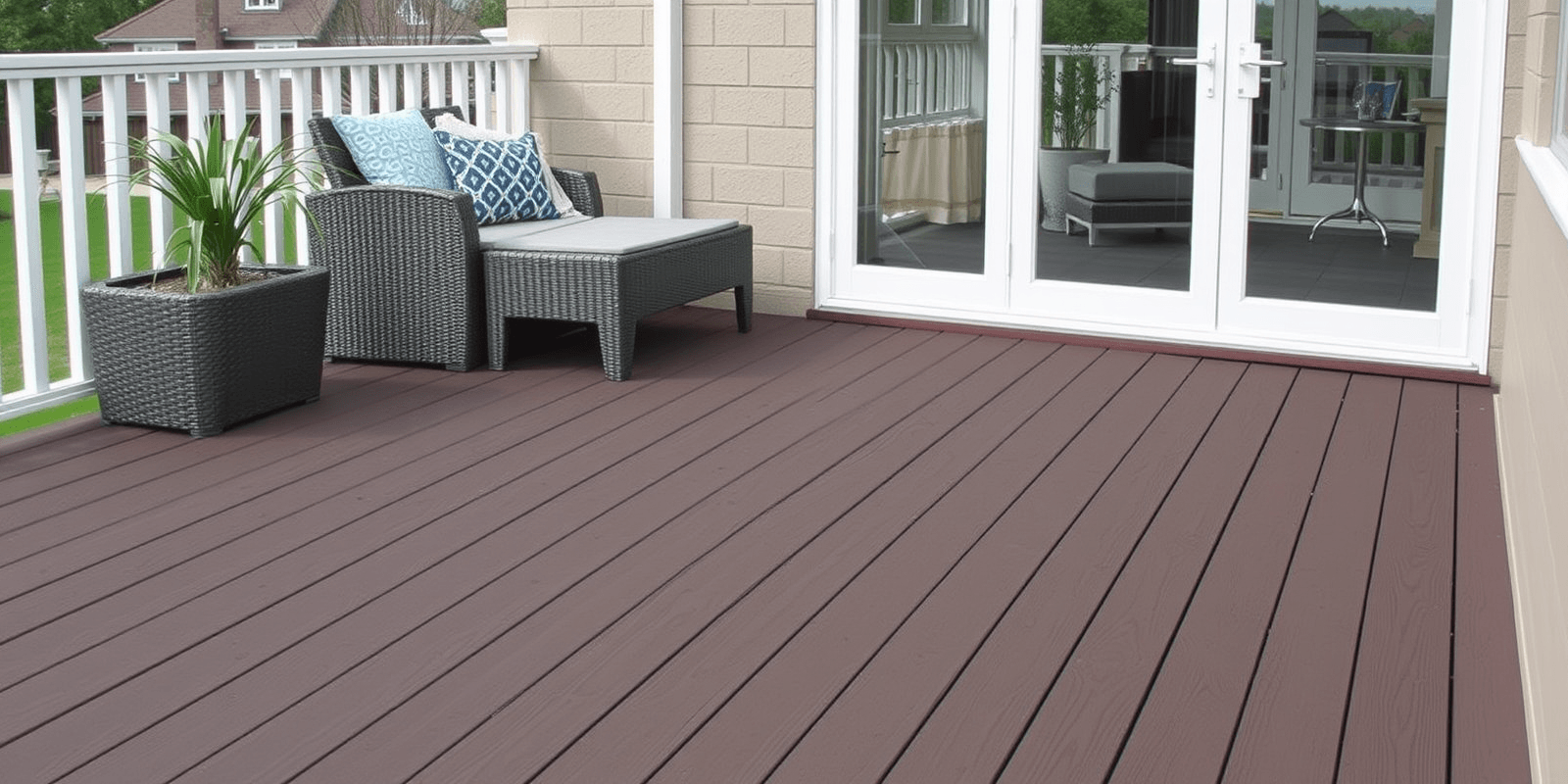“`html
Types of Composite Timber Decking
Introduction
Composite timber decking has become a popular choice for homeowners due to its durability, low maintenance requirements, and aesthetic appeal. Unlike traditional wood decking, composite materials are made from a combination of wood fibers and plastic, which makes them more resistant to rot, insects, and weather conditions. This article delves into the different types of composite timber decking available in the market, exploring their unique characteristics, benefits, and drawbacks.
Materials Used in Composite Timber Decking
Composite timber decking is typically made from a blend of wood fibers (such as recycled wood or sawdust) and thermoplastic resins (like polyethylene or polypropylene). The exact composition can vary between manufacturers, resulting in different performance characteristics. Some composites also incorporate additives like UV inhibitors, fire retardants, and anti-microbial agents to enhance their longevity and appearance.
Durability and Maintenance Requirements
One of the primary advantages of composite timber decking is its high durability. Unlike natural wood, it does not rot, warp, or splinter over time. It is also less susceptible to insect damage and mold growth. However, while composite materials are generally low-maintenance, they do require some upkeep to maintain their appearance. Regular cleaning with soap and water is recommended to remove dirt and stains. In addition, it’s advisable to inspect the deck periodically for any signs of wear and tear, such as scratches or cracks, and address these issues promptly.
Aesthetic Appeal
Composite timber decking offers a wide range of aesthetic options. Manufacturers often provide various colors and textures that mimic the look of natural wood, giving homeowners the flexibility to choose a style that complements their home’s exterior. Some composite materials even offer the option to stain or paint, allowing for further customization. Additionally, the non-porous nature of composite materials means that they are less likely to absorb stains or discolor over time, maintaining their original appearance for longer periods.
Choosing the Right Type Based on Climate, Usage, and Design Preferences
Selecting the appropriate type of composite timber decking involves considering several factors. For instance, in regions with harsh weather conditions, opting for a composite material with higher UV resistance and better moisture absorption properties would be beneficial. Similarly, if the deck will be subjected to heavy foot traffic, choosing a composite material with increased strength and durability is advisable. Lastly, personal design preferences should also play a role in the decision-making process. Whether you prefer a modern, sleek look or a more traditional, rustic feel, there is likely a composite timber decking option that will meet your needs.
“`



